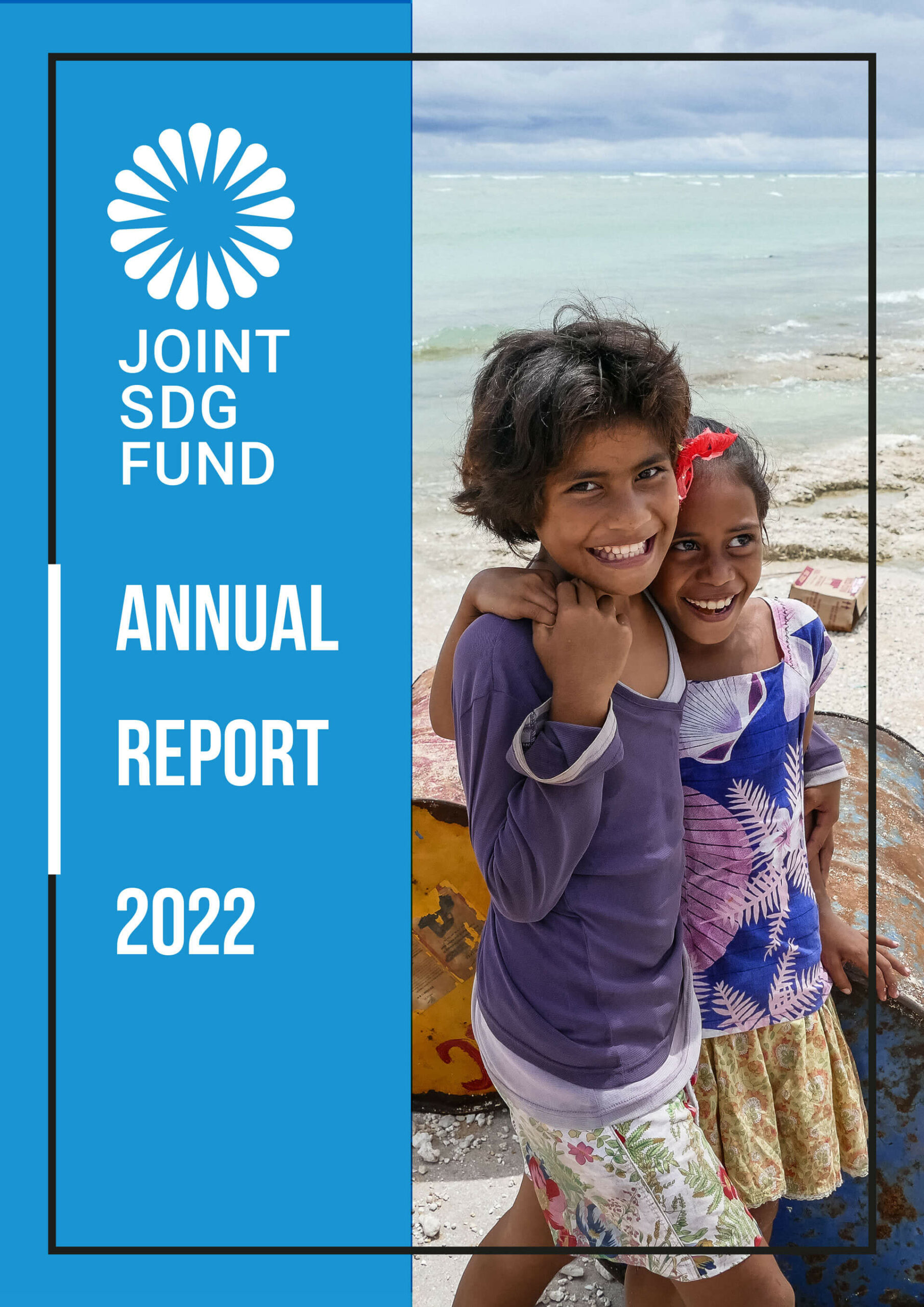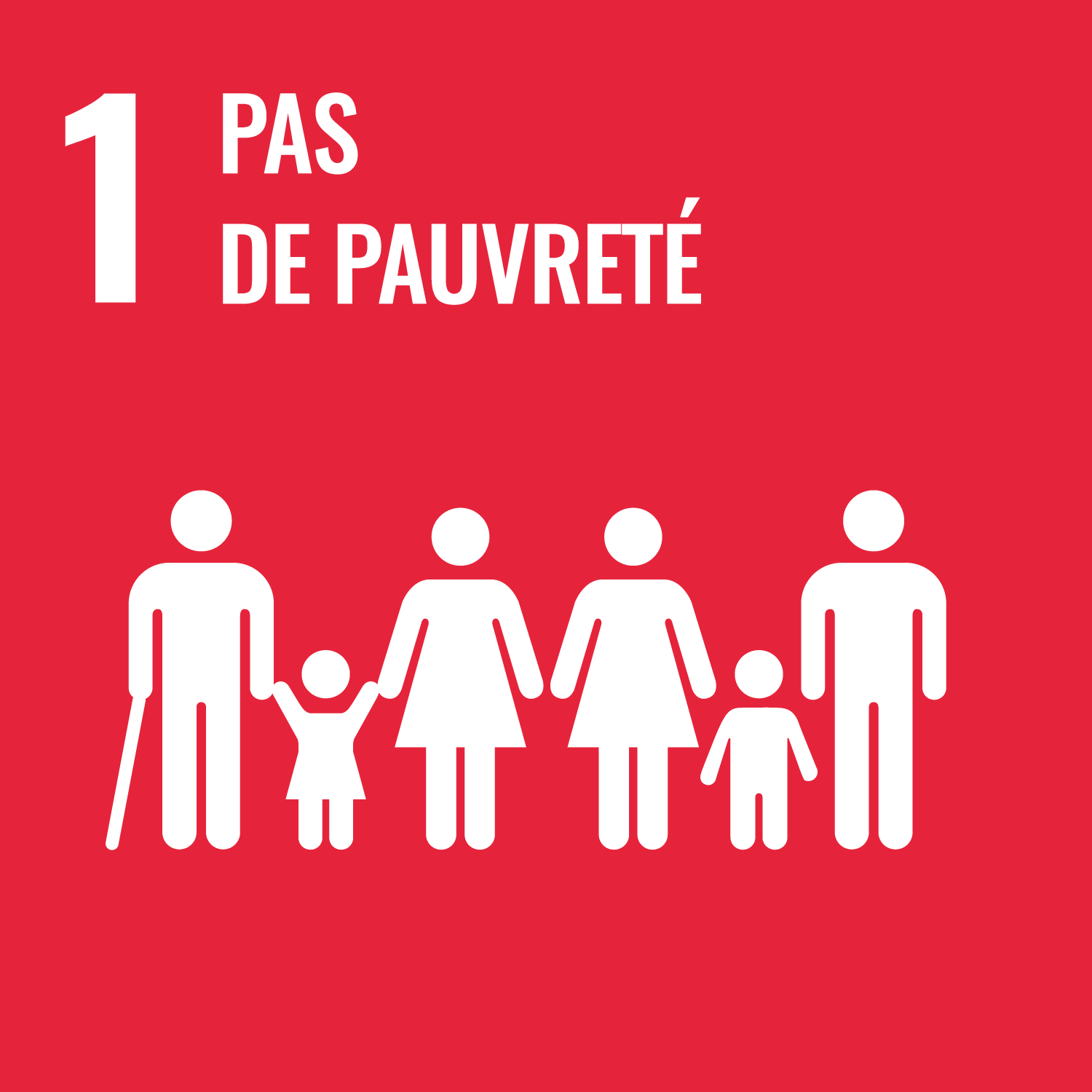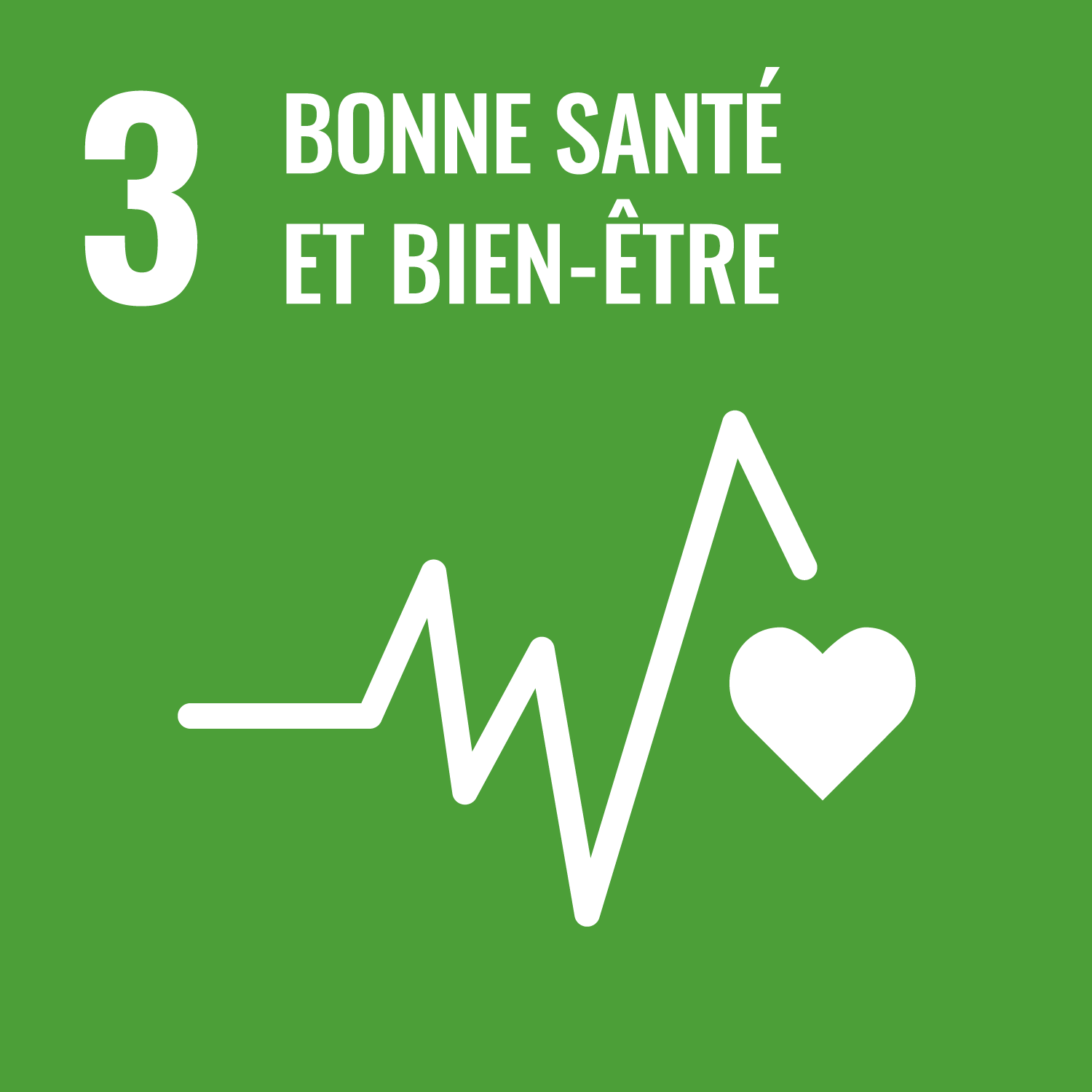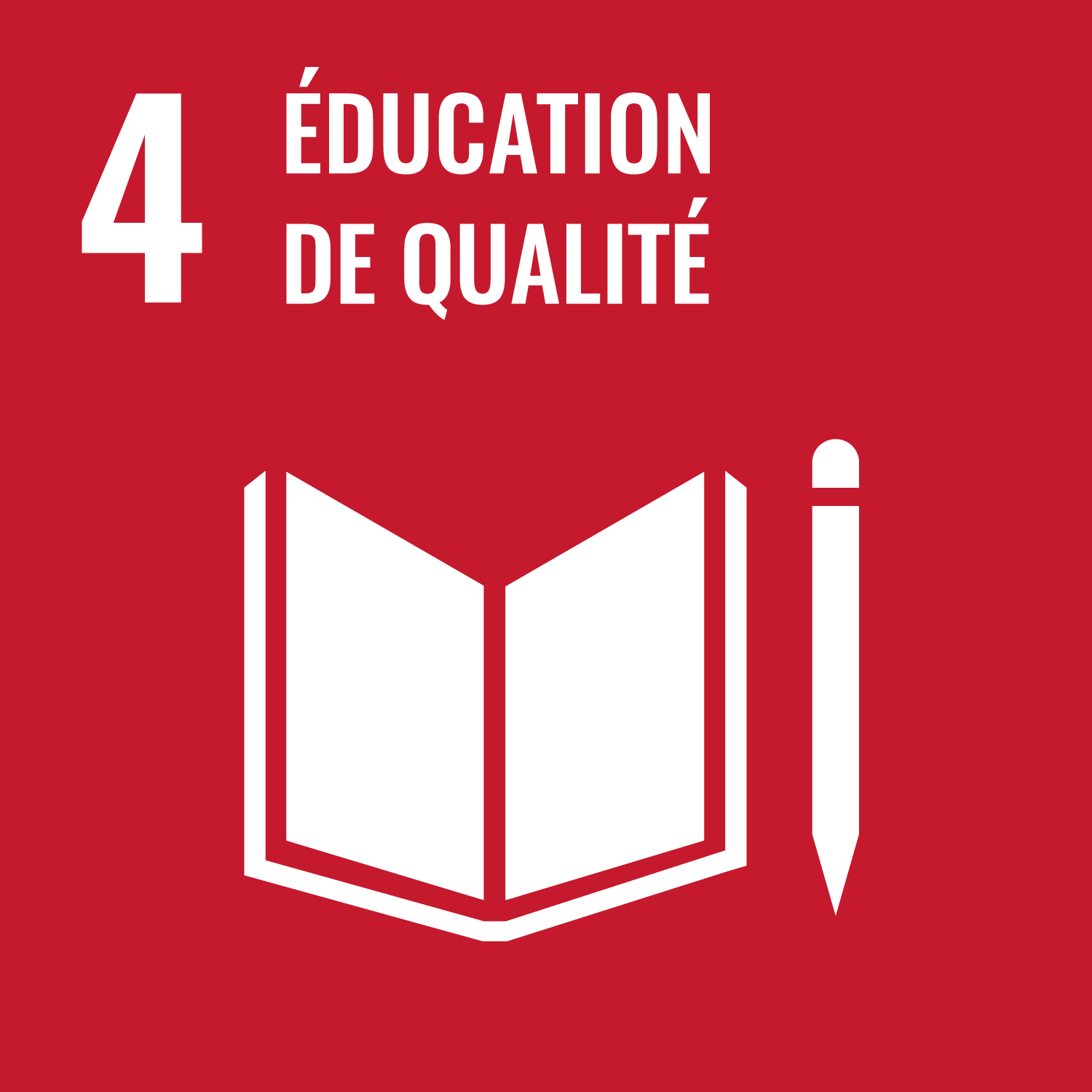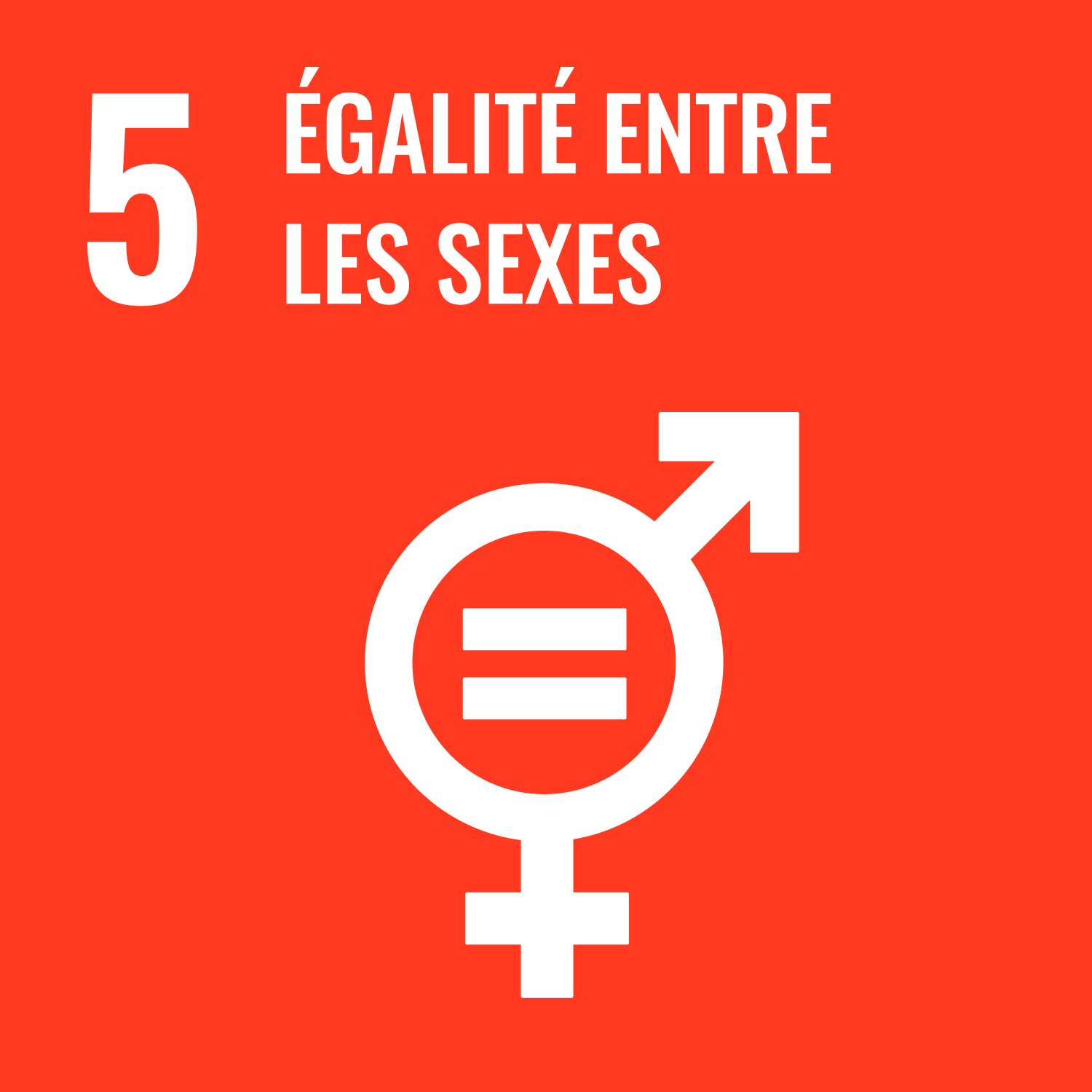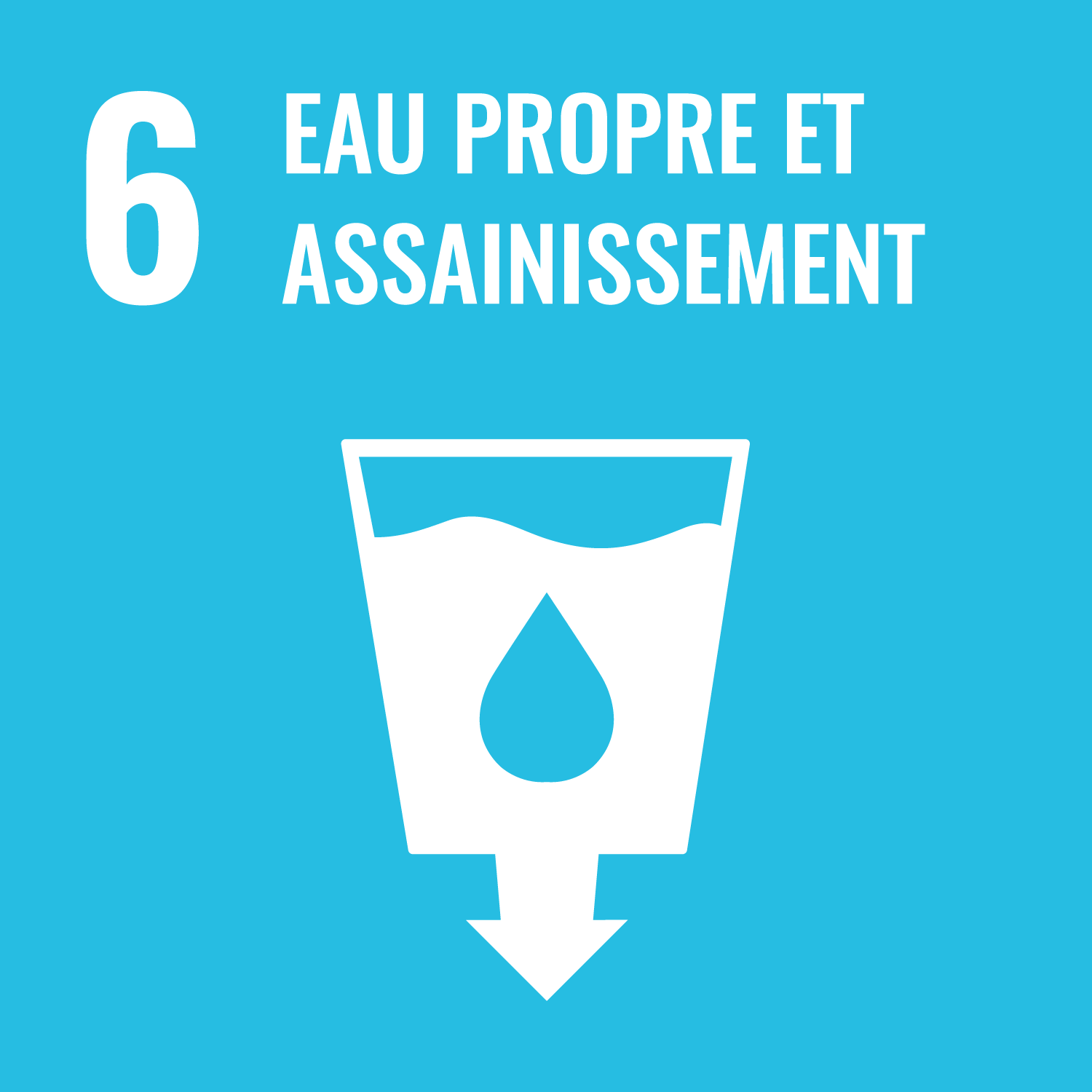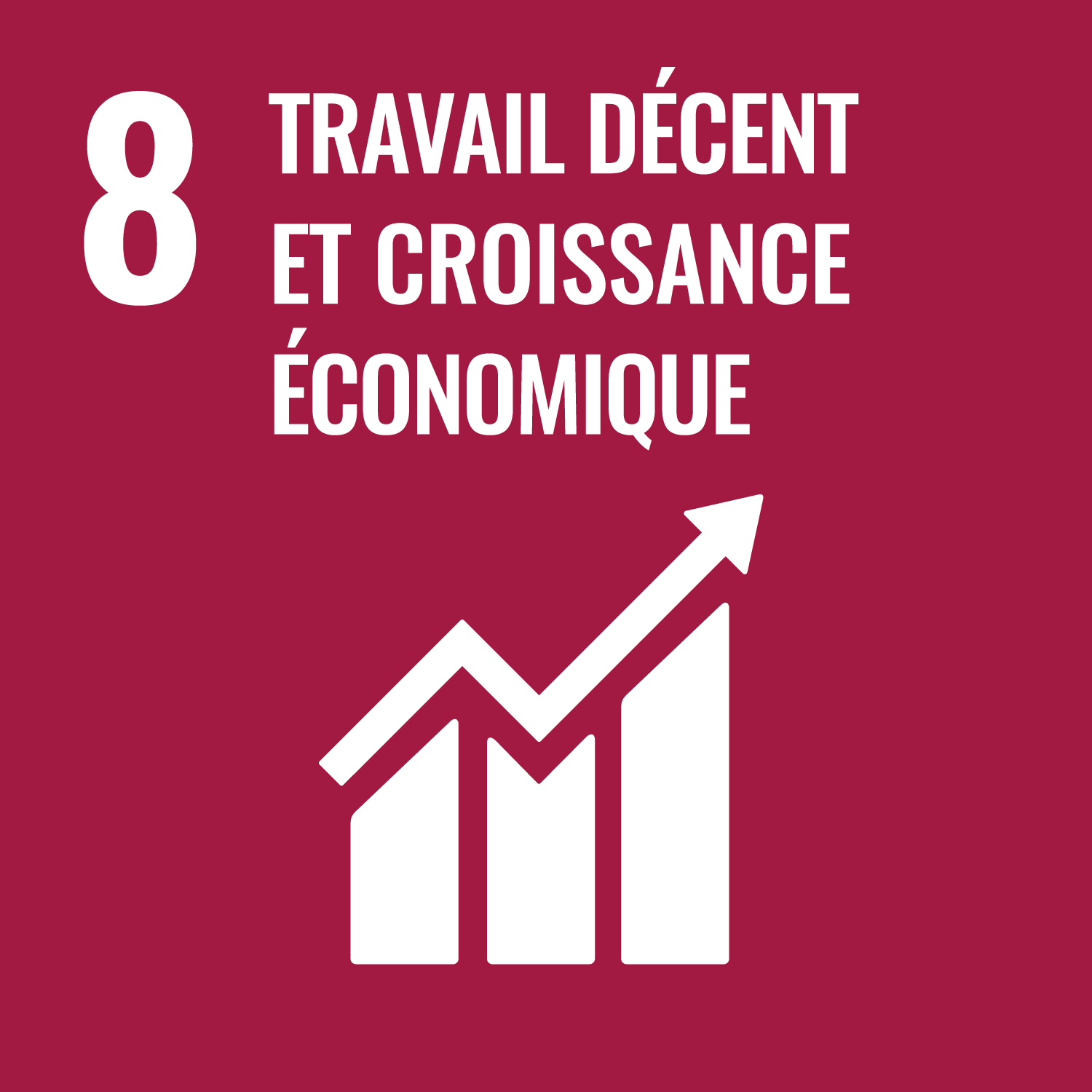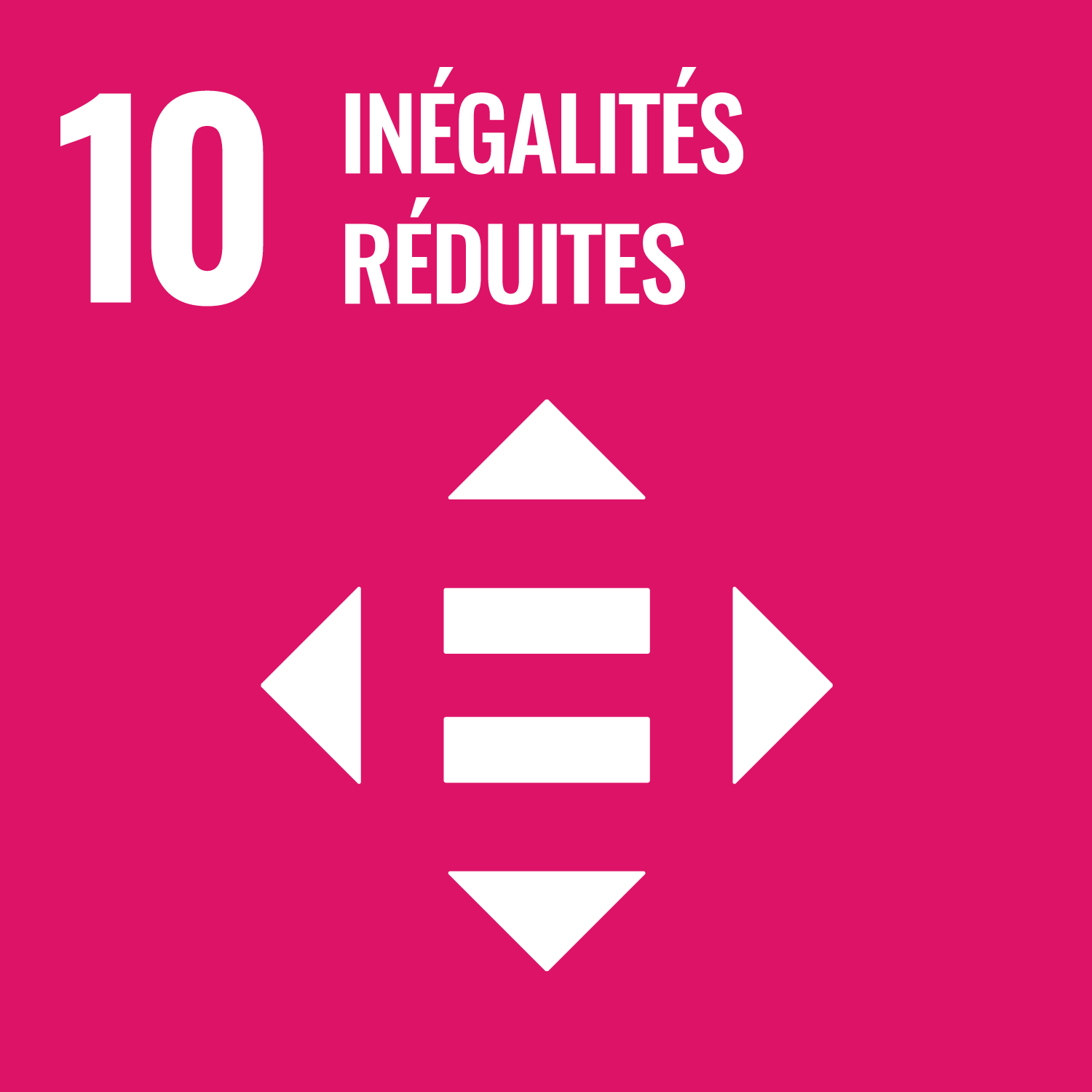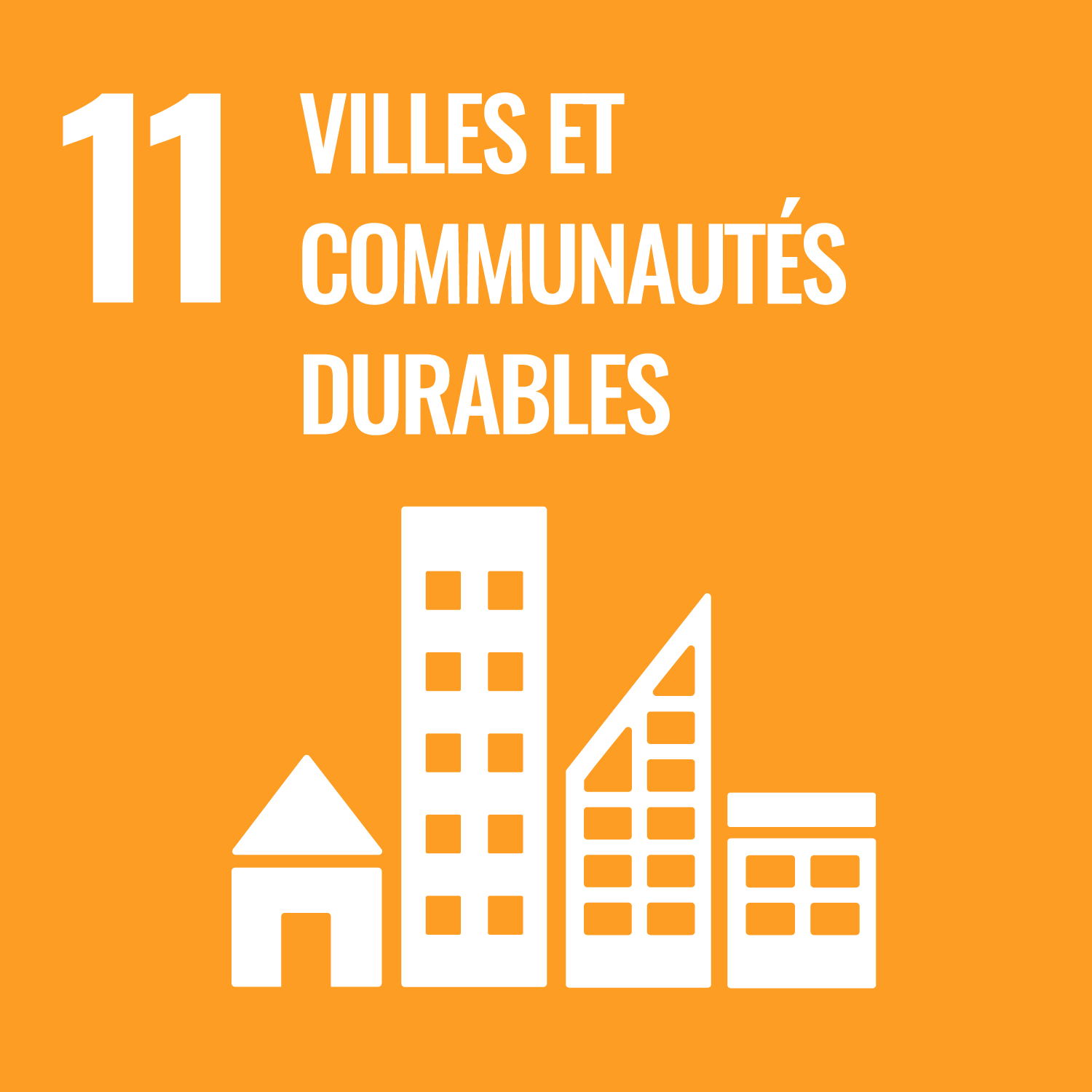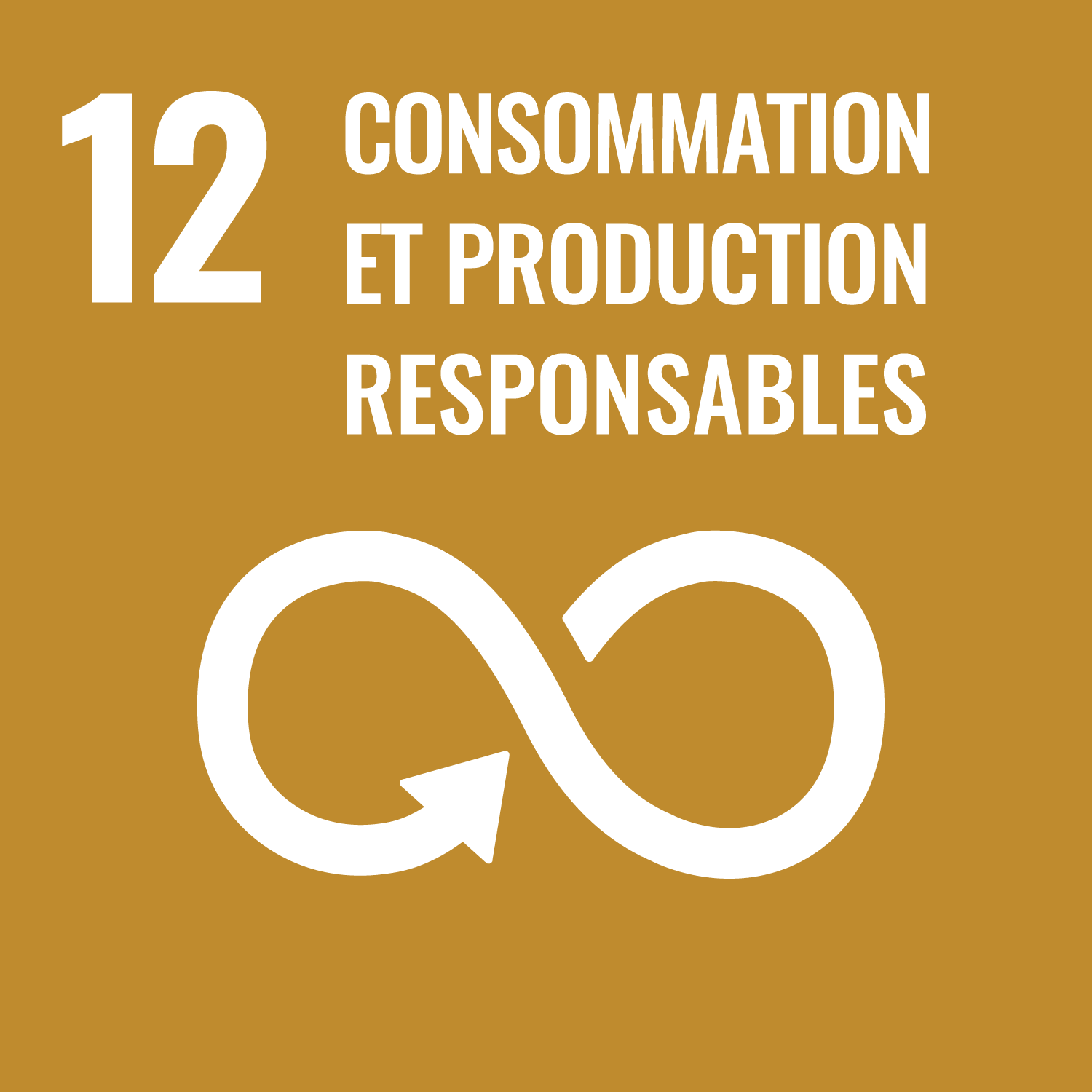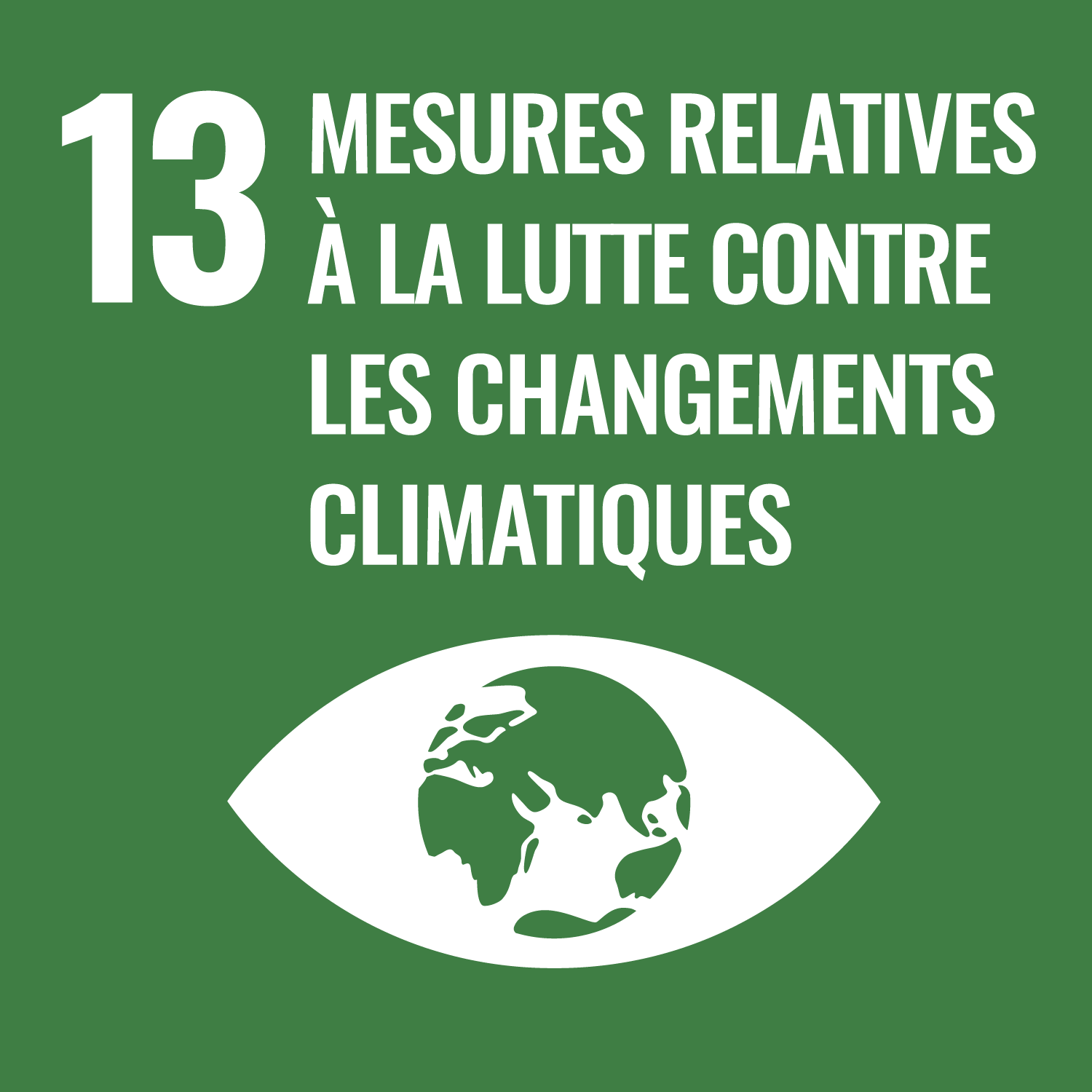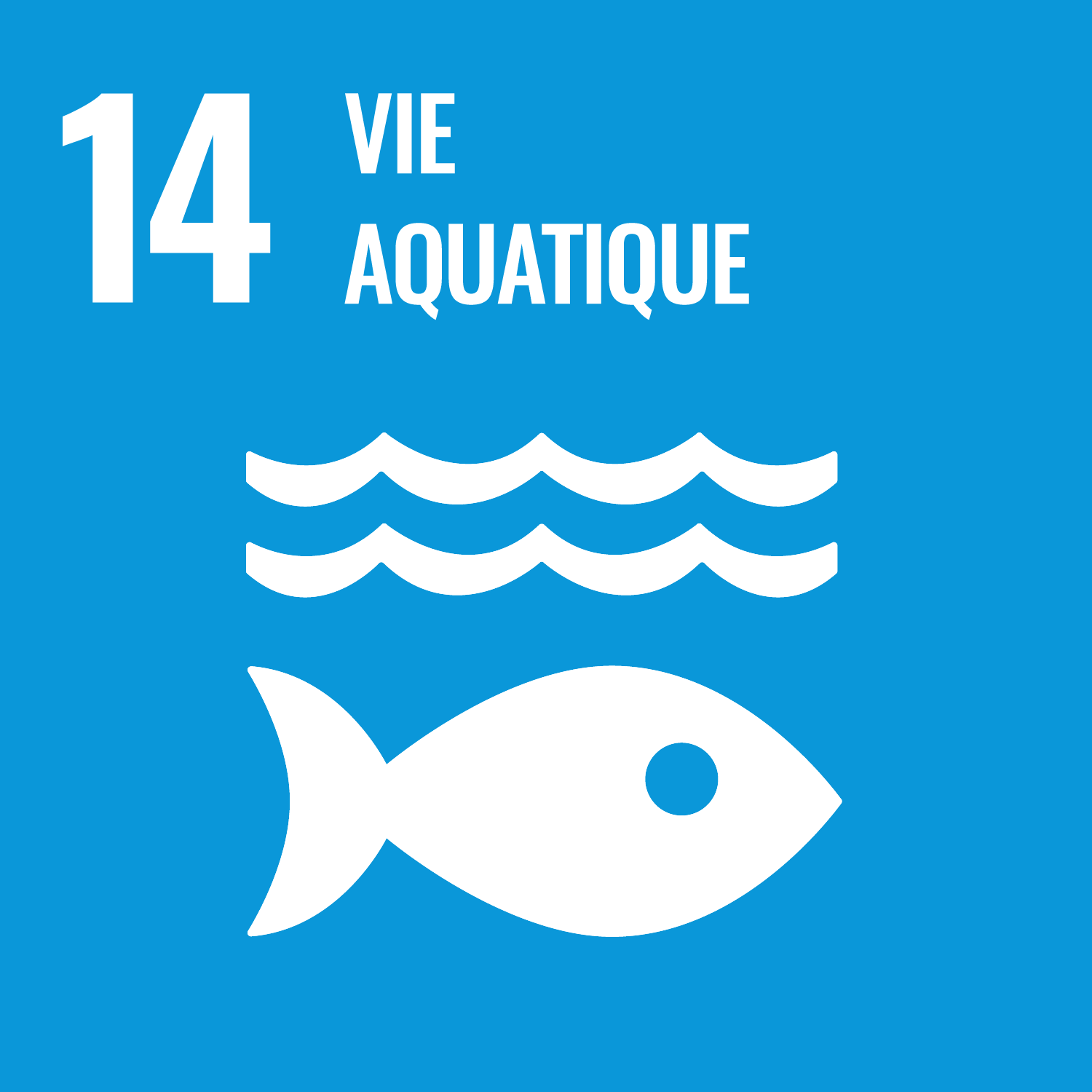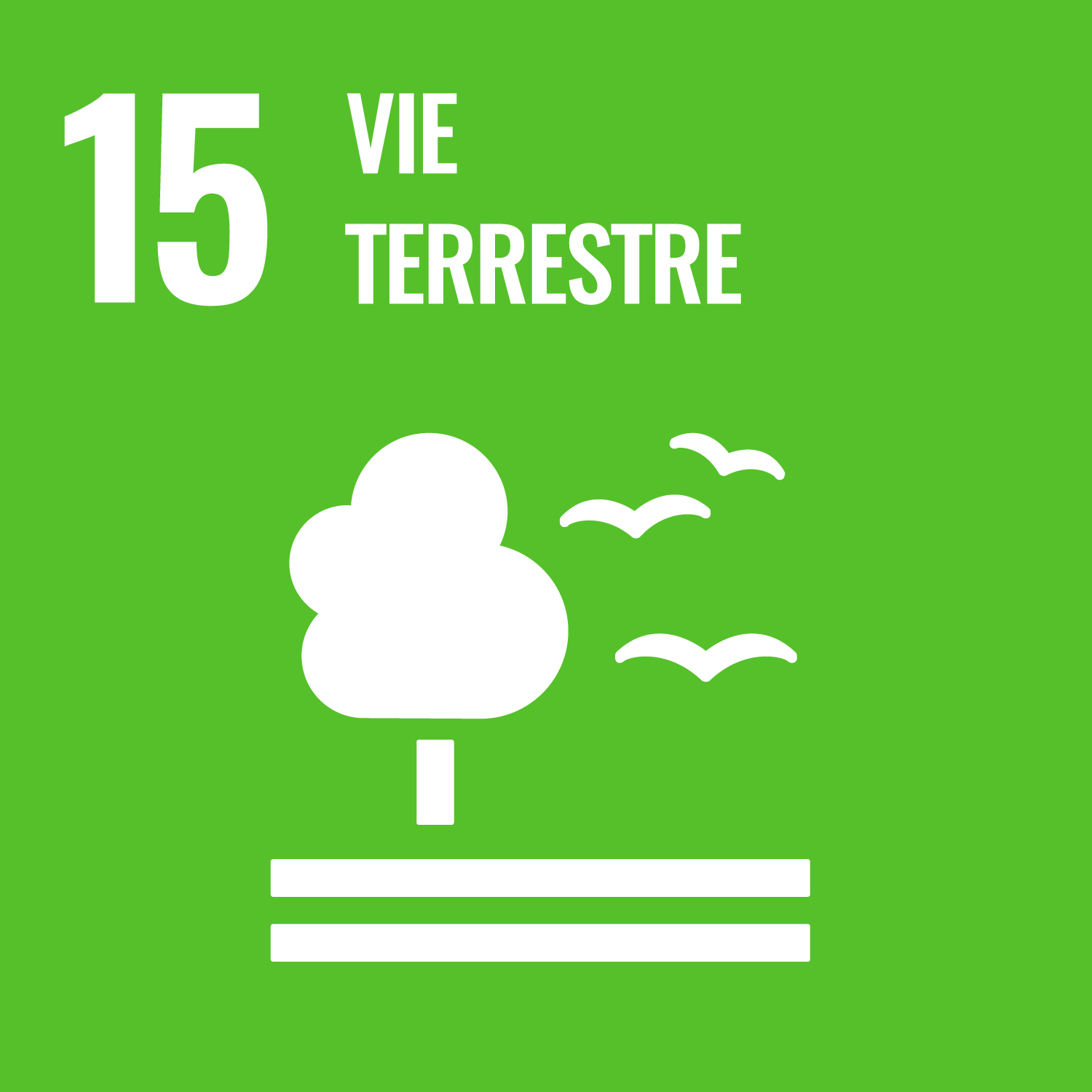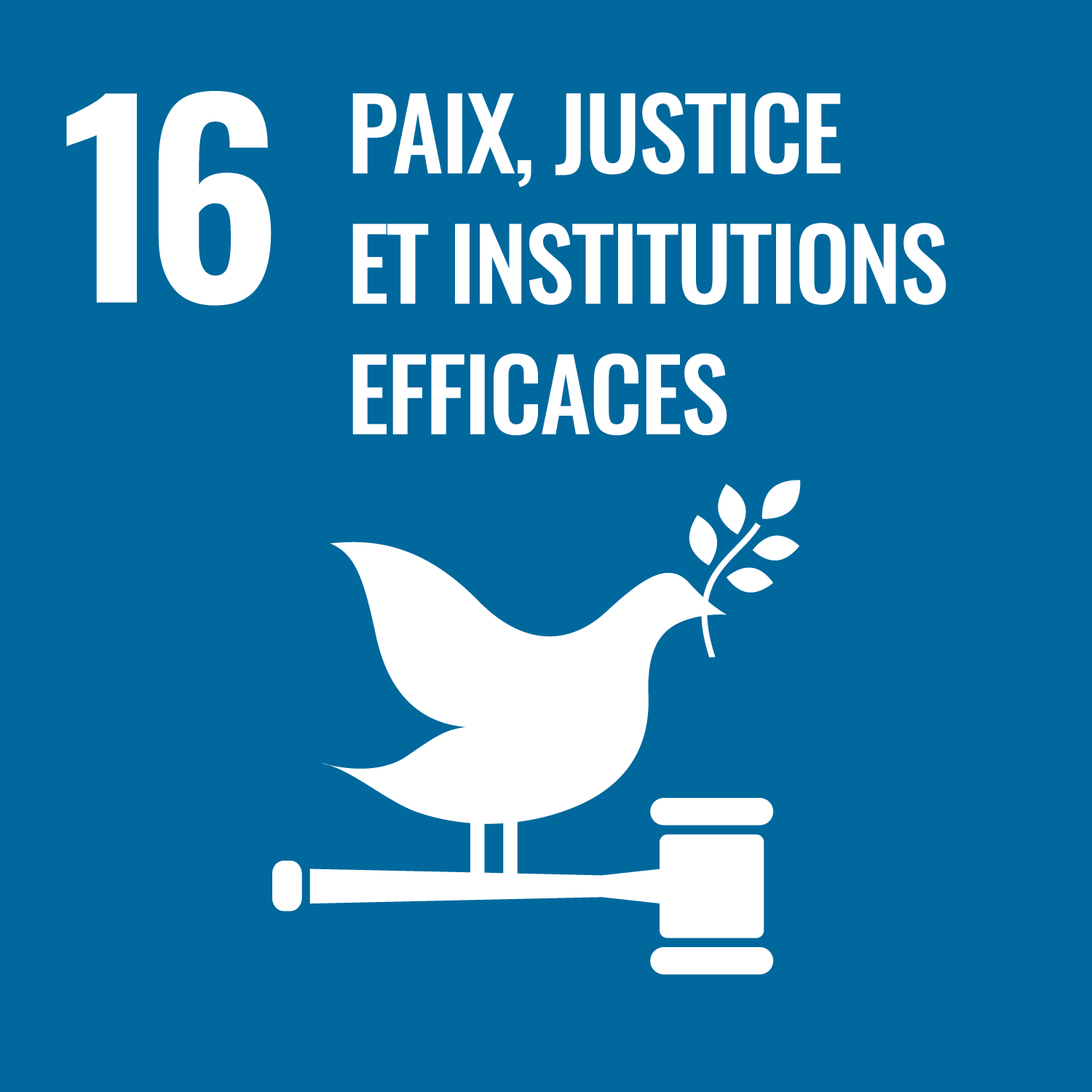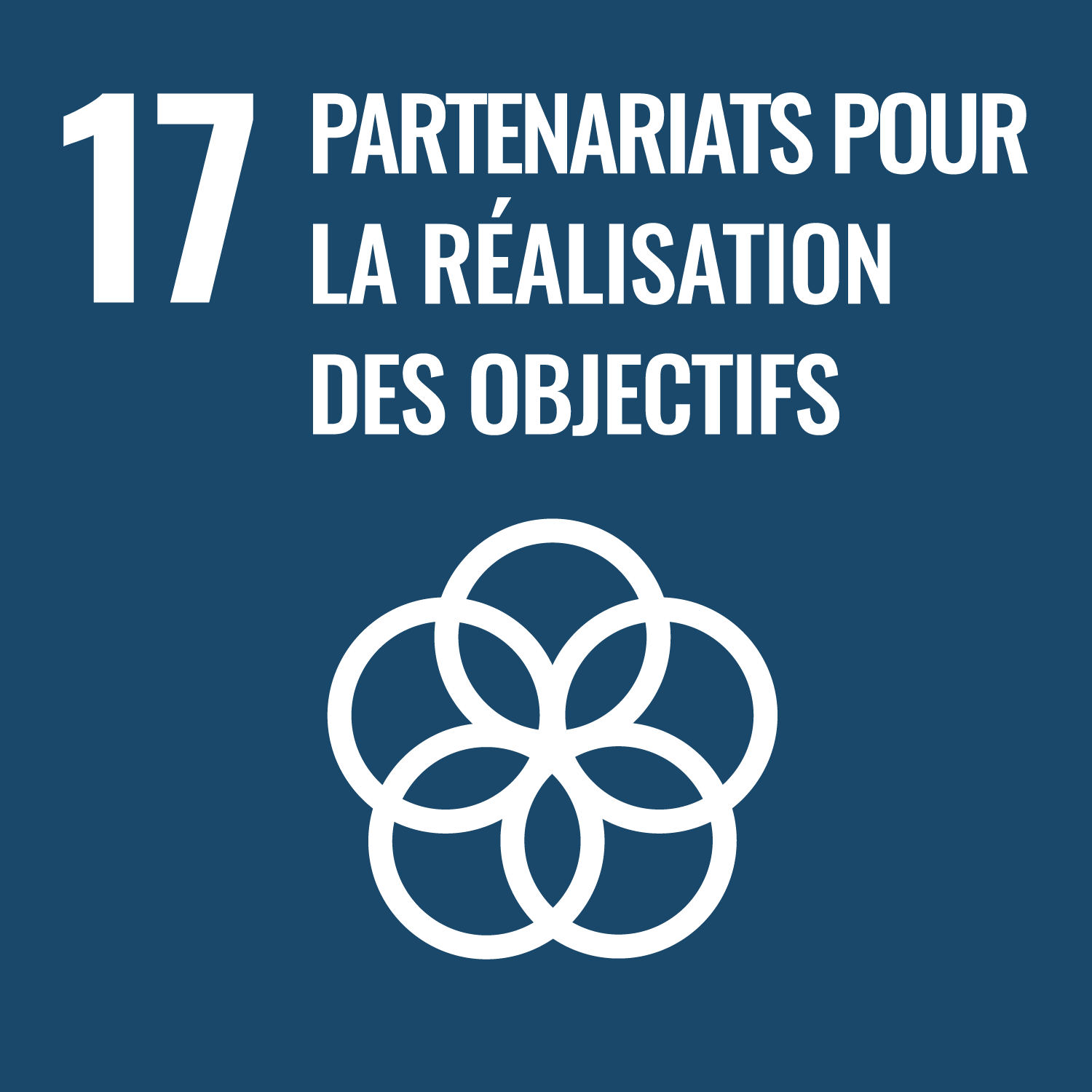A healthy population gives rise to a strong economy. The faster a nation recovers from the pandemic, the easier it gets back on track to achieving the global goal of ending poverty by 2030.
The economic contraction arising from the COVID-19 pandemic narrowed the pool of resources available for responding to the pandemic with the needed scale and speed. Philippine Treasury data show a drop in revenues in 2020 to 15.9% of the GDP after nine years of sustained growth. This, while expenditures sharply rose to 24% of the GDP in the same year.
The resource gaps for pandemic response and public health at large were somehow bridged by development assistance and borrowings for vaccination and other interventions to stop the spread of COVID-19. However, amid improvements in the pace and quality of health response, the pandemic and its impacts will linger. This comes at the expense of a full and just recovery, and the attainment of Goal No. 3 (ensuring healthy lives at all ages) among other SDGs within the 2030 deadline.
The Philippines is not alone in this situation. COVID-19 has impacted the length and quality of life of people both here and globally, according to the 2021 Sustainable Development Report. Its Country Profile from the same report shows that before the pandemic, the Philippines is on track in reducing newborn deaths and new HIV infections, while moderately improving in reducing maternal deaths. However, the overall rating for SDG 3 shows that major challenges remain in improving health outcomes.
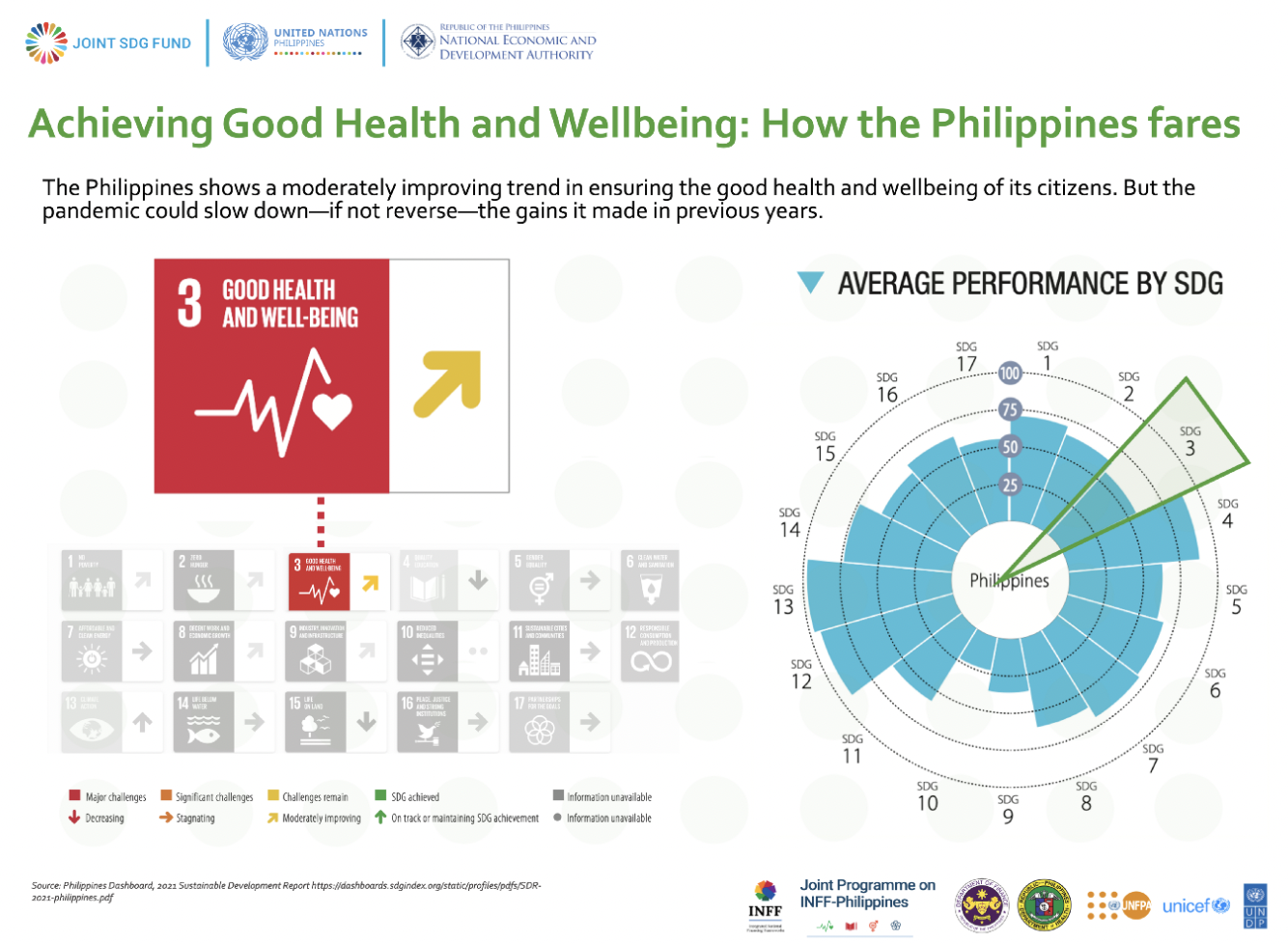
Ensuring a #HealthierTomorrow is at the heart of the Joint SDG Fund — Joint Programme on Integrated National Financing Framework (JP INFF). Focusing on contributing to COVID-19 recovery and reducing teenage pregnancies as a strategy towards reaping the demographic dividend, the Joint Programme seeks to help enhance planning and budgeting linkages, and leverage partnerships that can expand investments for addressing priority health issues concerning adolescents and the general population.
Activities under the Joint Programme aim to estimate and advocate for investments in SDG 3. To cite a few examples: the Joint Programme is supporting the Philippine Commission on Population and Development (POPCOM) who is co-developing a costed action plan to address teenage pregnancies; it is also working closely with the Council for the Welfare of Children in the development of a tool to tag allocations for nutrition and other child-focused programs in subnational budgets.
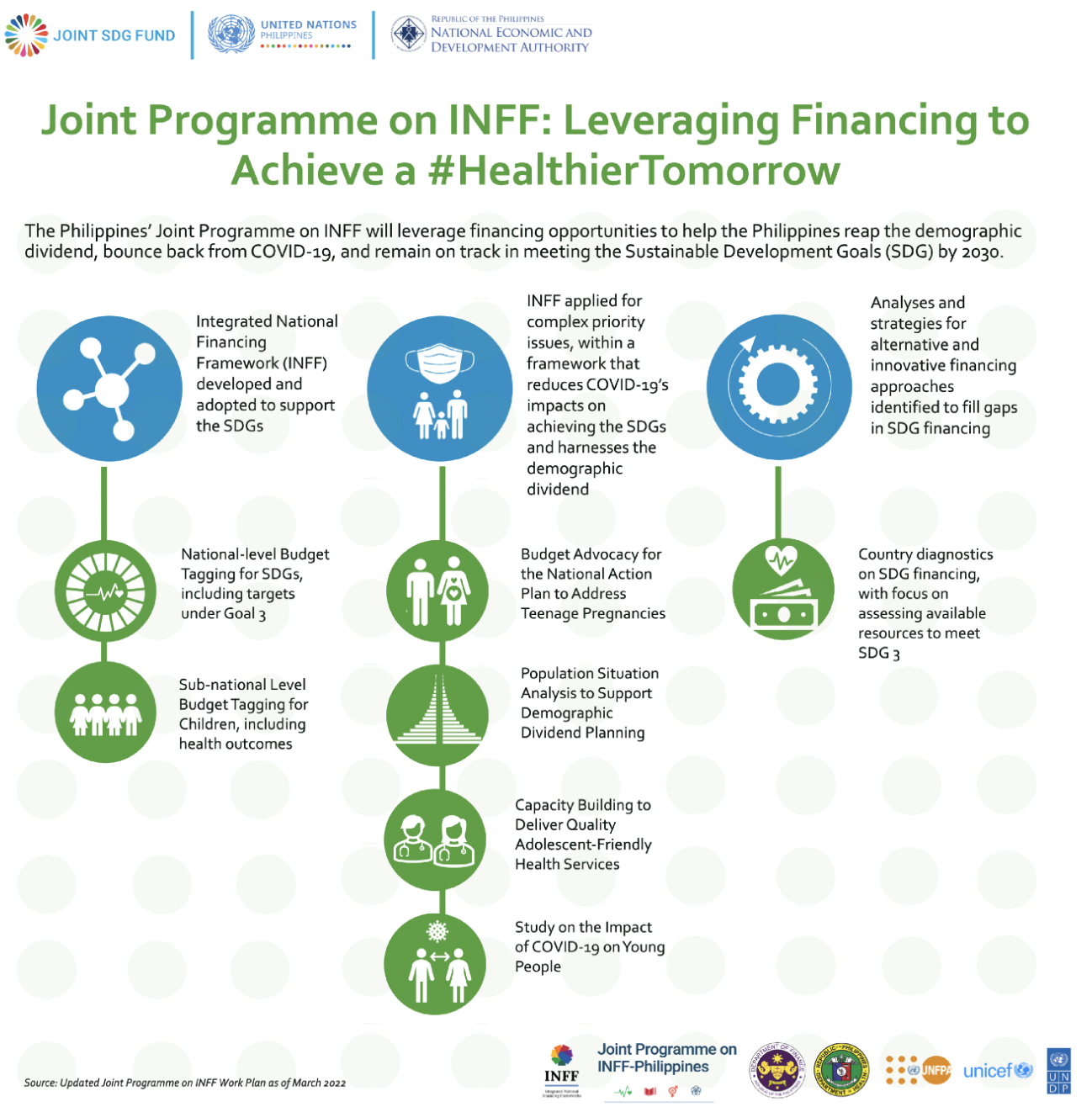
In addition, the Joint Programme, in close partnership with the government, is also undertaking the conduct of new development finance assessment. While mapping out the Philippine financing landscape, the assessment will point to opportunities for financing critical SDGs, including Goal №3. It will also help in estimating the cost of catching up on health outcomes amid the continuing pandemic.
With inputs and guidance from the Philippine Department of Health (DOH), POPCOM, and other line agencies, the assessment is being co-designed by Dr. Celia Reyes, former president of the Philippine Institute for Development Studies.
For Dr. Reyes, the assessment comes at an opportune time. As the Philippines prepares to expand the devolution of health and other public services to subnational governments due to their increased share in national revenues, and in line with the imminent updating of the Philippine Development Plan, the assessment will point to financing flows that can be tapped to meet the country’s health needs at all levels.
It will also dovetail with present efforts of the DOH in estimating the available resources and funding gaps for the Universal Health Care Program in the medium term.
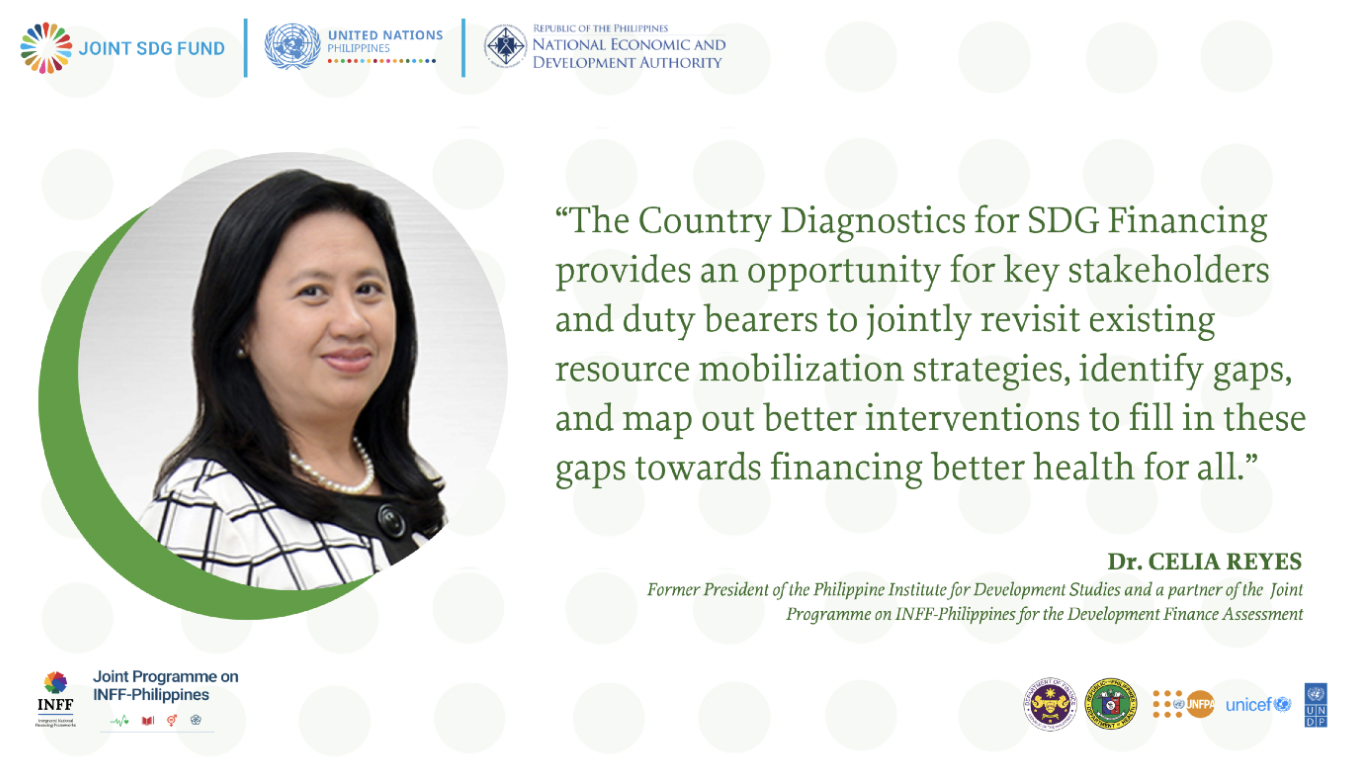
Part of the country diagnostics will be a survey of current spending on programs that will remain under the ambit of the DOH after the devolution transition. These include immunization, tuberculosis control, and Universal Health Care.
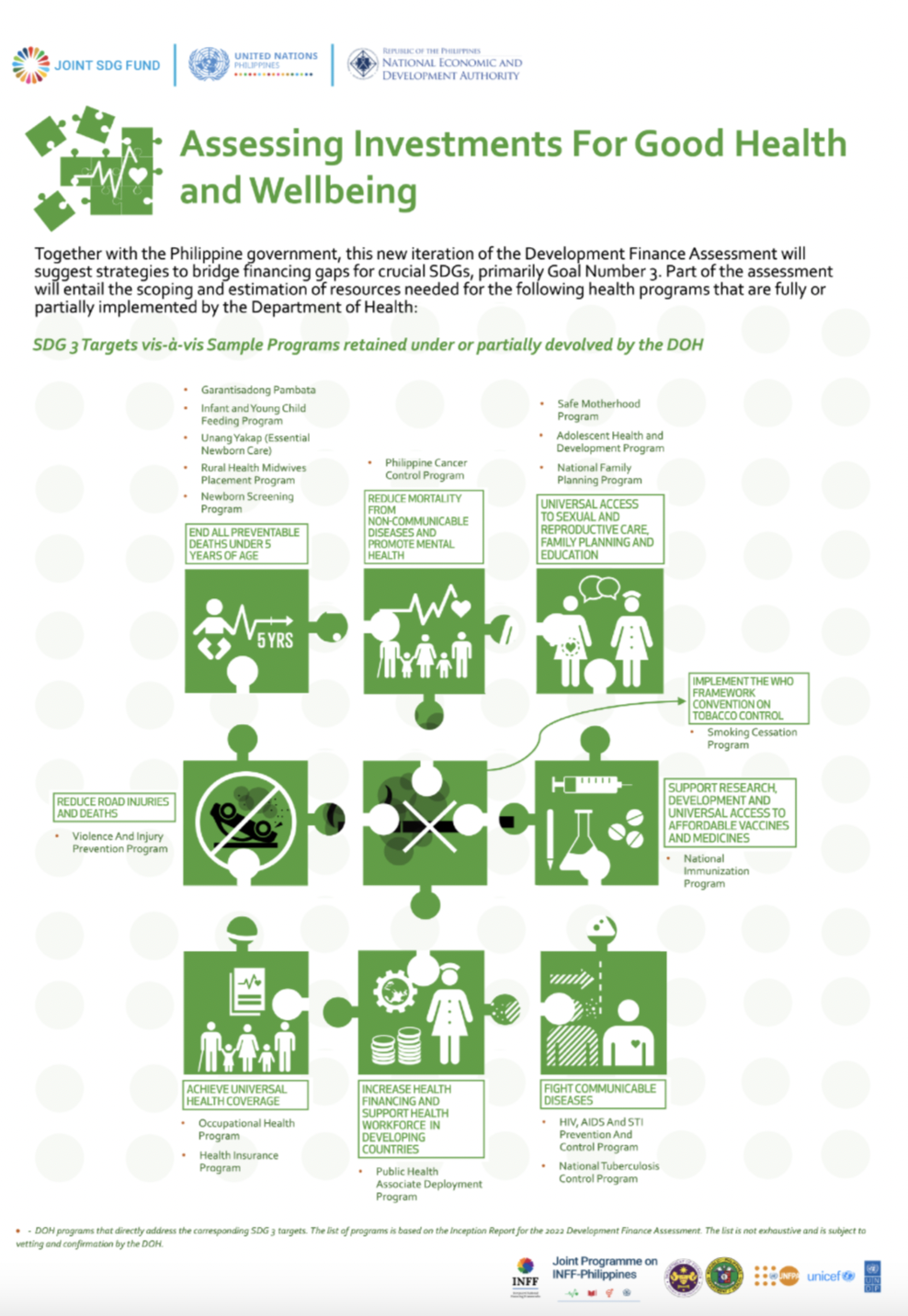
The assessment will also identify, to the extent possible, existing initiatives for SDG 3 across private, multilateral finance, development, and other sectors, and their corresponding investments. For example, UNDP, UNAIDS, and Prevo Design and Innovation recently launched a free, Massive Open Online Course to build the capacity of subnational governments in drafting their respective investment plans, budgets, and ordinances to reduce HIV/AIDS prevalence.
By mapping the breadth of financing opportunities for SDG 3, the assessment can help bring rosy prospects in achieving health that leaves no one behind.

